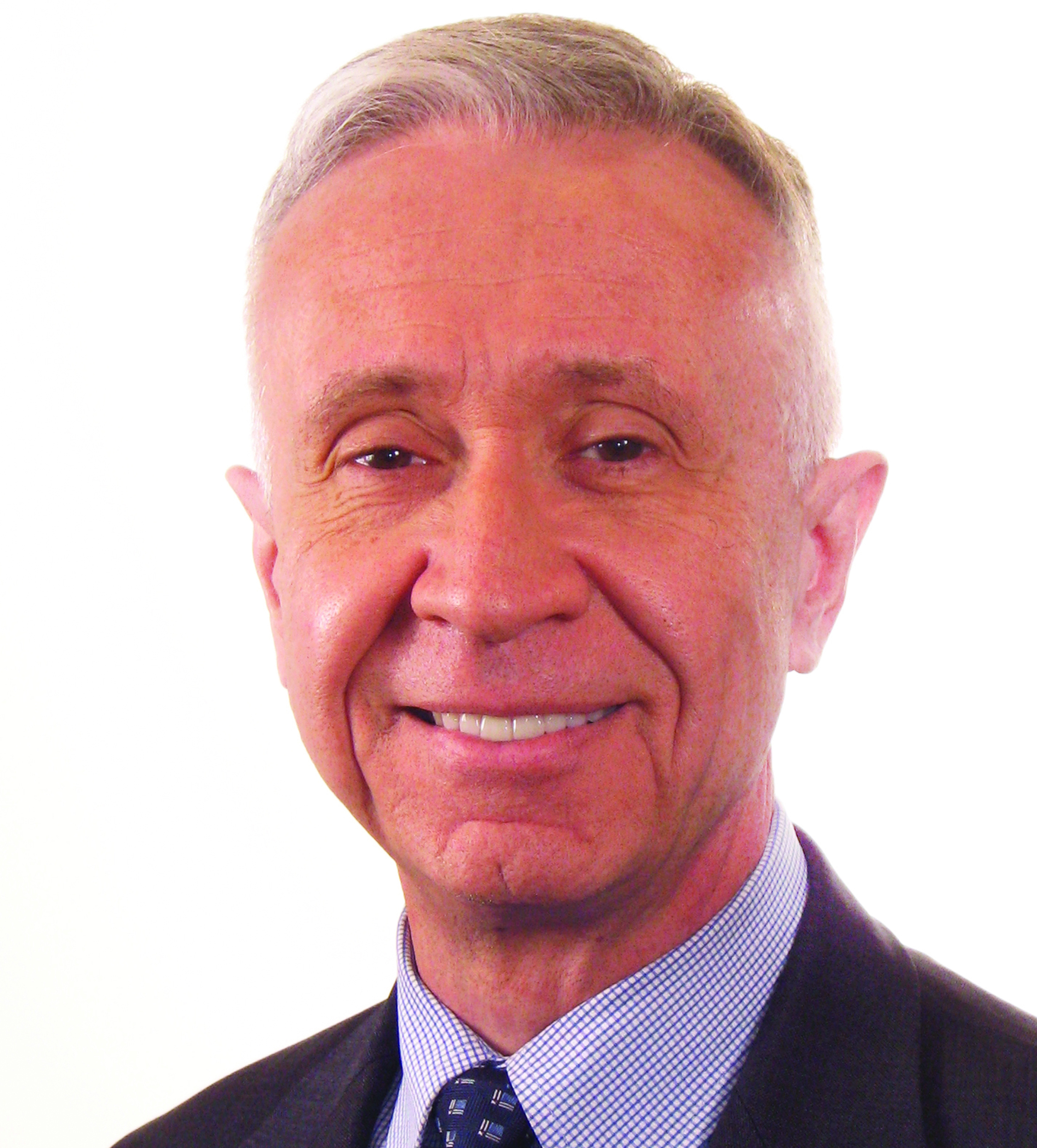The Return of Goldilocks
By Robert Bach, National Director of Market Analytics, Newmark Grubb Knight Frank: A few years ago analysts were calling the then-current phase of the economic cycle the Goldilocks recovery – strong enough to create jobs but not so strong as to push the Federal Reserve into raising interest rates.
By Robert Bach, National Director of Market Analytics of Newmark Grubb Knight Frank
A few years ago analysts were calling the then-current phase of the economic cycle the Goldilocks recovery – strong enough to create jobs but not so strong as to push the Federal Reserve into raising interest rates. I think this might have been late 2003 and early 2004 when, in hindsight, the Fed was keeping interest rates too low, setting the stage for the housing bubble that exploded messily across the global economy a few years later.
Let’s ignore for a moment the fact that some analysts think the Fed’s current extreme easing, which makes 2003 and 2004 look harsh in comparison, is setting the stage for future bubbles in one asset class or another. Could we be in another Goldilocks phase of the economic cycle? The answer overall has to be “no” because the unemployment rate is still a devastatingly high 7.9%, and with 22.4 million people still unemployed or underemployed, it would be a serious misnomer to call this a Goldilocks economy.
But for commercial real estate, that’s exactly where we are. You could also call it a stealth recovery. This dawned on me as I was writing a year-end report on the industrial market. The vacancy rate has retraced about two-thirds of its recession-induced spike and now, at 8.5 percent, sits just one percentage point above its pre-recession nadir. The asking rental rate, which was dormant until mid-year, rose 0.7 percent in the third quarter and 0.8 percent in the fourth quarter, suggesting that the slow, steady decline in the vacancy rate finally reached a trigger point. Eventually the laggard office and retail markets will get there, too. Apartments have already sailed past that point and into a new expansionary phase of the cycle.
What we have here is an economic recovery strong enough to fill empty space but not so strong as to trigger inflation, higher interest rates or a wave of new supply… just right, in other words. Everyone from Fed Chairman Bernanke to the owner of the strip center down the street would rather see stronger growth and job creation, but commercial real estate is enjoying a good ride. I’ve mentioned it before in this column, but it bears repeating how far we have come from 2009 and early 2010 when analysts called commercial real estate “the next shoe to drop,” suggesting that short-term mortgages combined with the drop in prices had the potential to destabilize the economy all over again on the heels of the subprime residential crisis. But that didn’t happen, and now Goldilocks rules.








You must be logged in to post a comment.